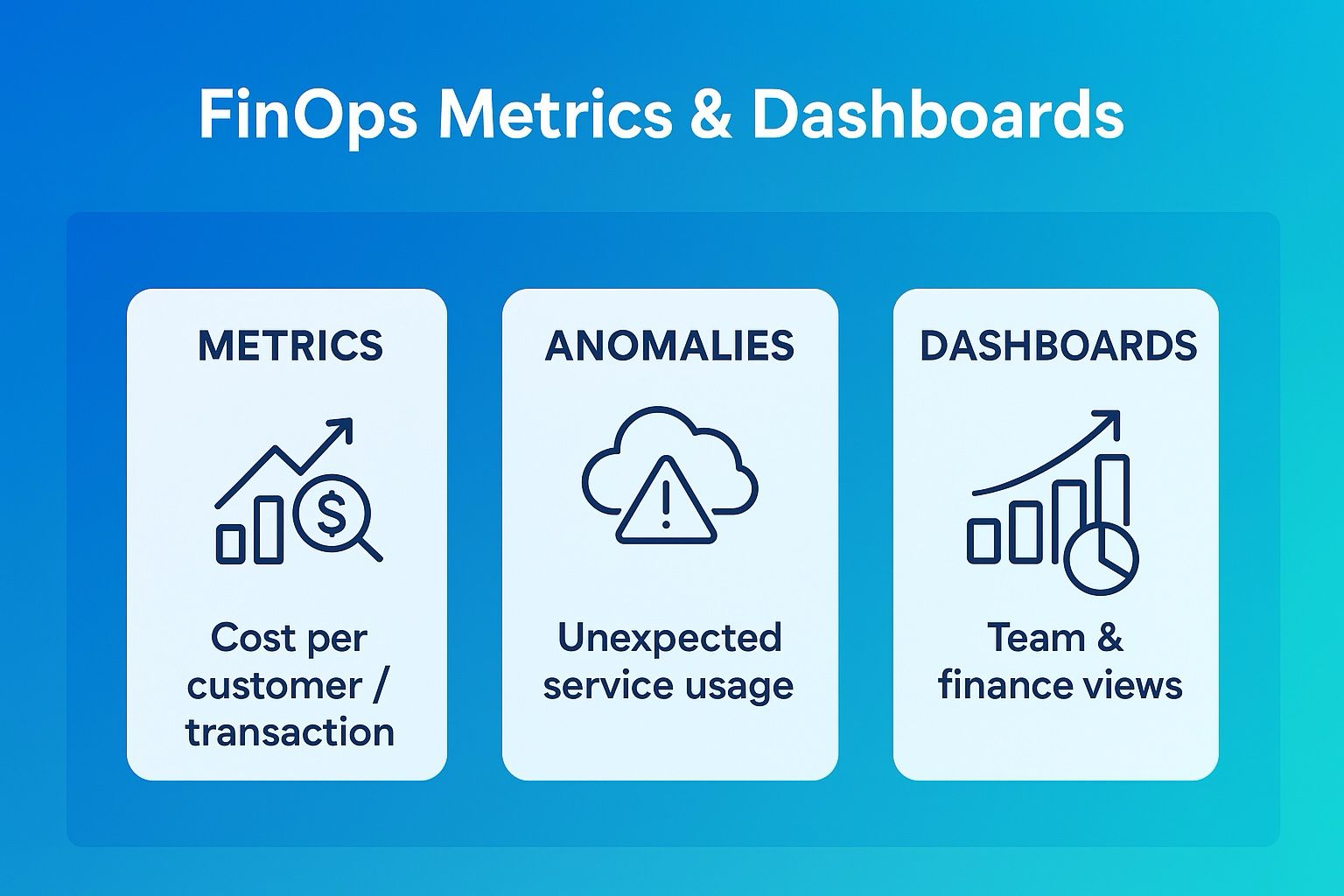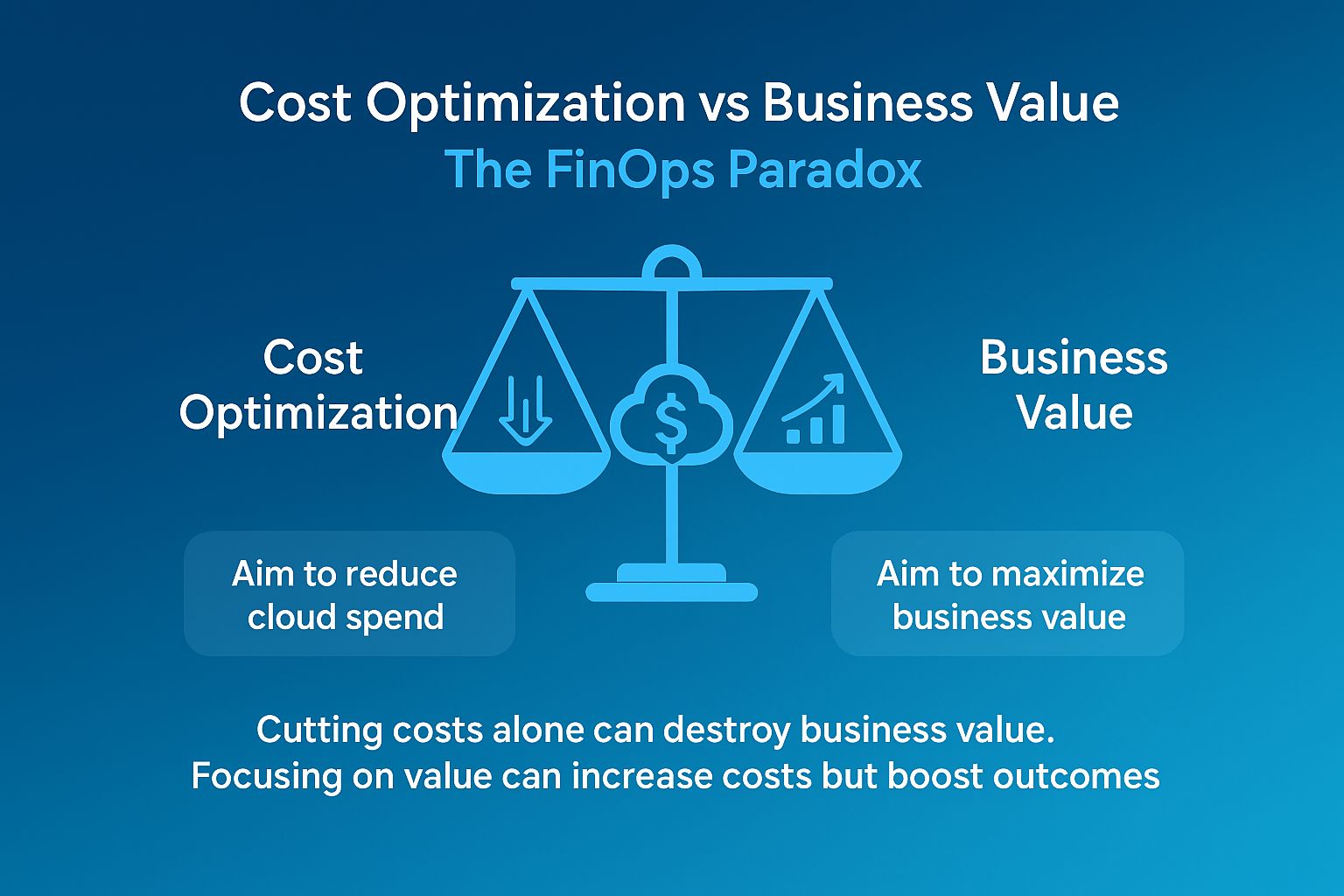When most people hear the phrase digital transformation, they imagine cutting-edge technology: artificial intelligence, cloud migrations, process automation, or data lakes. These are exciting tools, but they are not the starting point. Technology without direction often leads to wasted investments and disillusioned teams.
The real starting point is vision and leadership. Before a single server is spun up in the cloud, an organisation must know why it is transforming, what success looks like, and who is steering the ship. Without that clarity, digital transformation becomes just another buzzword project, costly, confusing, and ultimately abandoned.
Why Vision Matters More Than Technology?
Every transformation needs a north star. This is not just a slogan; it’s the shared vision that defines purpose and outcomes. Vision answers fundamental questions such as:
- Why do we need to transform now?
- What opportunities or risks are driving this shift?
- What will success look like in one, three, or five years?
Consider an organisation embarking on a cloud journey:
Company A defines its vision as: “Enable real-time personalisation for customers by building a data-driven platform on the cloud.” Every decision from workload migration to budget allocation aligns with this goal. Progress can be measured, costs can be justified, and employees rally behind a meaningful purpose.
With a clear vision, cloud spending ties directly to business value. Without it, optimisation becomes reactive firefighting instead of strategic planning.
The Leadership Imperative
Vision alone is not enough. It needs leaders who can translate it into action. Leadership in digital transformation goes beyond approving budgets. It requires commitment, communication, and cultural influence.
1. Championing the Cause
Leaders must continuously reinforce why transformation matters. Teams already overwhelmed with day-to-day operations won’t prioritise transformation unless leaders actively champion it.
2. Breaking Silos
Digital transformation thrives on cross-functional collaboration. Leaders must bring together finance, engineering, operations, and product teams. Without breaking down silos, transformation initiatives stall in endless departmental conflicts.
3. Balancing Ambition with Realism
Good leaders push for innovation but also ground it in achievable milestones. Too much ambition without realistic planning leads to burnout; too much caution leads to stagnation. The right balance accelerates transformation.
Vision Without Leadership = Drift
It’s common to see organisations with bold visions but weak leadership. They announce transformation roadmaps, yet fail to answer critical questions:
- Who is accountable for outcomes?
- How do we measure progress?
- How do we manage risks and costs along the way?
The absence of strong leadership results in drift: multiple teams experimenting with cloud independently, rising costs with unclear ROI, and a growing gap between expectations and reality.
This is where executive sponsorship makes the difference. Transformation leaders set direction, but they also provide the political and financial support needed to cut through organisational resistance.
One of the most underestimated aspects of digital transformation is financial accountability. Moving to the cloud is not just an IT project; it’s a business investment.
Strategic Guardrails: Leaders can ensure that cloud budgets are aligned with transformation goals. For instance, declaring that “every dollar of cloud spend must tie to a defined business outcome.”
Cross-Functional FinOps Teams: Leaders can mandate collaboration between finance, engineering, and product managers preventing silos and ensuring shared accountability.
Cultural Shift to Accountability: With leadership backing, organisations move away from “IT spends, finance approves” to “everyone is accountable for cloud value.”
Practical Steps for Leaders
If you are in a leadership role (or aspiring to influence one), here are five practical steps to set your organisation on the right course:
1. Define the “Why” Clearly
Avoid vague terms like digitisation or cloud-first. Instead, define a tangible vision tied to business outcomes. Example: “Reduce customer onboarding time by 50% through digital-first processes.”
2. Create a Transformation Charter
Draft a one-page document that outlines the vision, goals, principles, and success measures. This becomes the reference point for every decision made during the journey.
3. Establish Governance Early
Form a leadership council or steering committee that includes IT, finance, and business leaders. This ensures that decisions about investments, risks, and priorities are balanced.
4. Communicate Relentlessly
Leaders must communicate progress, celebrate quick wins, and acknowledge setbacks openly. Consistent communication keeps the organisation motivated and aligned.
5. Model the Change You Expect
If leaders don’t adopt digital practices themselves from using collaboration tools to experimenting with cloud-native solutions teams won’t take transformation seriously. Leadership must lead by example.
Common Pitfalls to Avoid
Even with good intentions, many leaders stumble. Here are some pitfalls to watch out for:
- Treating transformation as an IT project only, It’s a business initiative enabled by technology.
- Over-focusing on cost-cutting, Transformation is about creating new value, not just reducing expenses.
- Failing to upskill teams Leadership must invest in people, not just technology.
- Ignoring cultural resistance Employees need to be brought along on the journey, not pushed into it.
Closing Thoughts: Digital transformation is often described as a journey, but in truth, it’s more like a relay race. The baton passes between vision, strategy, execution, and optimisation and without strong leadership, the baton is dropped.
Vision provides the destination. Leadership provides the stamina and discipline to get there. Cloud technologies, FinOps practices, and modern operating models are powerful tools but they only deliver value when leaders set the course and keep the organisation aligned.
The cloud may be the foundation of digital transformation, but leadership is the architecture that makes the foundation useful.
In the next part of this series, we’ll explore Customer-Centric Design why every digital transformation must start with the end-user in mind, and how the cloud enables customer-first innovation.




